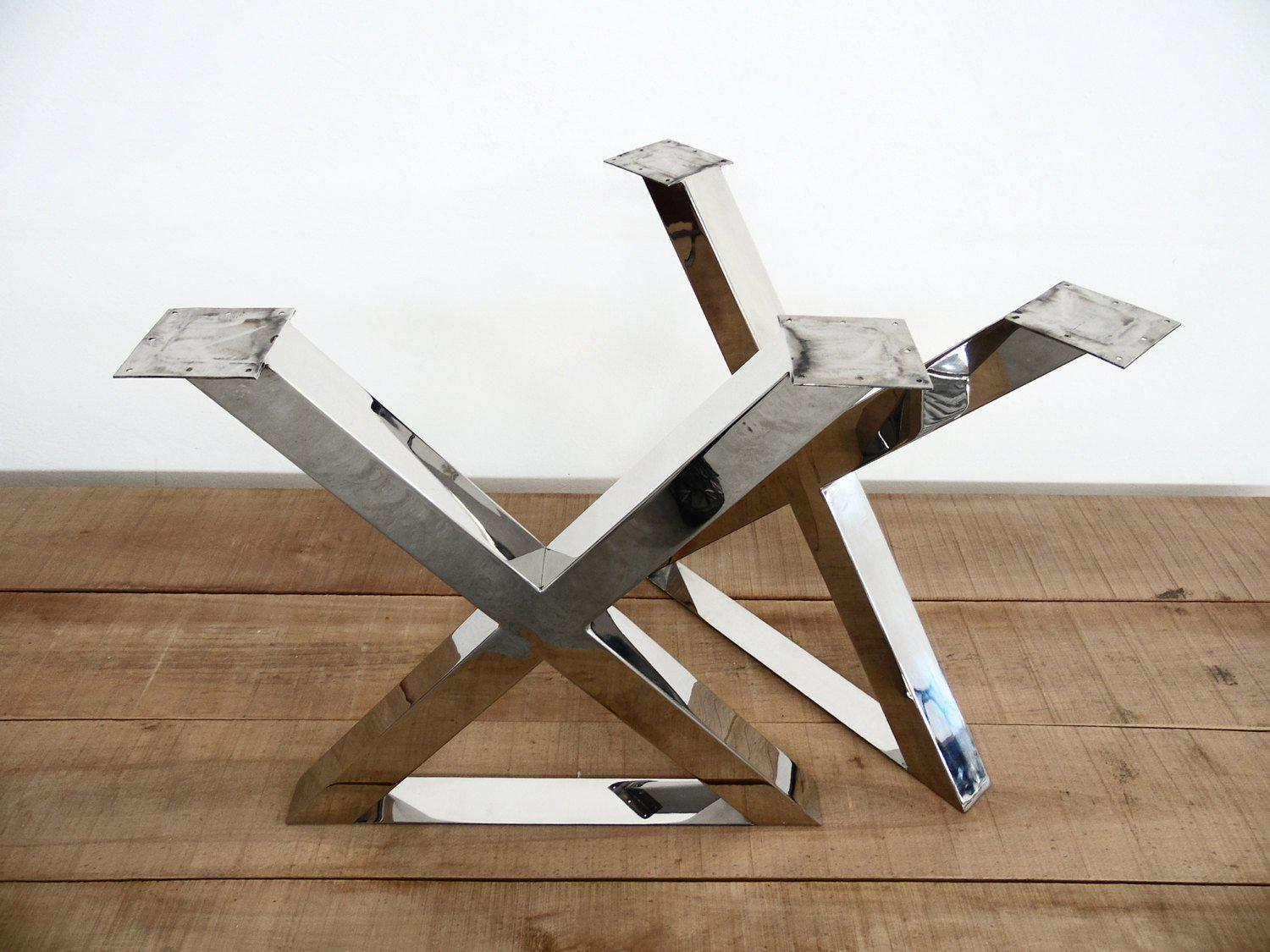Customized Dining Room Table Legs: A Stylish Addition to Any Home
Customized Dining Room Table Legs: A Stylish Addition to Any Home
Blog Article
A Thorough Look at Eating Table Leg Styles: Discovering the Perfect Suit
Picking the best table leg style is critical for both visual appeal and practical performance. Typical 4 legs provide timeless sophistication and stability, while the pedestal base gives boosted legroom and a contemporary look. For those with larger tables, trestle legs ensure durable support, whereas barrette legs present a mid-century modern-day ambiance with their minimalist design. The x-shaped legs mix modern style with enhanced security. Each of these choices brings unique benefits, making the option extra than just a matter of preference. Check out better to uncover which design flawlessly complements your eating space and way of life.
Traditional Four Legs
Amongst the numerous types of dining table leg styles, the traditional four-leg layout continues to be a classic selection for numerous houses. 4 legs offer balanced support, guaranteeing the table remains stable and qualified of birthing considerable weight (dining room table legs).
From an aesthetic perspective, the traditional four-leg layout can be quickly adapted to various indoor designs. Whether crafted from wood, steel, or a mix of materials, these legs can be intricately sculpted, smooth and minimalistic, or anything in between. Their versatility permits them to match both rustic and contemporary setups effortlessly.
Furthermore, the straightforward framework of the four-leg style helps with ease of activity and placement within an area. Unlike more complex bases, this design reduces blockages, offering ample legroom for restaurants. In summary, the standard four-leg table leg design marries sustaining beauty with sensible performance, making it a sharp option for those looking for both type and function in their dining furnishings.
Pedestal Base
Usually celebrated for its classy and space-efficient style, the stand base is a prominent choice to the conventional four-leg arrangement in table leg styles. This distinct base generally includes a solitary central column sustaining the table top, which can vary in type, from ornately sculpted wood to smooth, modern-day metal. One of the main benefits of the pedestal base is its capability to take full advantage of legroom and seating adaptability. Without corner legs, diners are paid for better freedom of motion, making it an excellent choice for round and oval tables that promote even more intimate and comprehensive gatherings.
In addition, the pedestal base's central assistance can take care of substantial weight, enabling making use of larger tabletops, such as marble or thick hardwood. This strength paired with its visual adaptability makes the stand base a prominent choice in both conventional and modern interior settings. It can seamlessly integrate with various style styles, from classic elegance to minimal modernity. Additionally, the central column itself uses a canvas for detailed layouts and artistic expressions, including a component of visual passion below the table. In summary, the stand base combines functionality with design, making it a fine-tuned and functional choice for diverse eating settings.
Trestle Legs
Trestle legs offer a durable and ageless structure for dining tables, characterized by their straight cross-bracing and sturdy assistance beams. Stemming from medieval times, this style has progressed yet kept its essential framework, making it a seasonal favorite in both typical and contemporary setups. The central trestle beam of light, commonly sustained by two or even more upright articles, supplies exceptional stability, enabling bigger table sizes without the need for added legs.
A substantial advantage of trestle leg tables is the adequate legroom they supply. Unlike tables with 4 edge legs, the absence of obstructions at the table's sides provides unblocked area for chairs and diners, enhancing comfort and accessibility. This makes trestle tables excellent for suiting larger events, whether in a dining-room or a reception hall.
The visual convenience of trestle legs is noteworthy. Available in a range of materials such as timber, steel, and composite, they can be completed to match a large range of interior styles. From rustic farmhouse to streamlined contemporary styles, trestle legs can be customized to suit specific preferences. Their enduring appeal and practical benefits make trestle legs a compelling choice for those looking for both design and functionality in their eating table.
Barrette Legs

The allure of hairpin legs depends on their simpleness and convenience - dining room table legs. Available in an array of materials, including steel and brass, they can be ended up in numerous shades to complement various indoor designs. Whether combined with a rustic wood table top or a modern glass surface, barrette legs effortlessly her response mix capability with a touch of vintage appeal
Resilience is an additional remarkable function of hairpin legs. Despite their fragile appearance, these legs are crafted to bear substantial weight, making sure the table stays stable and protected. In addition, they are reasonably very easy to mount, making them a preferred option for do it yourself fanatics and specialist furnishings manufacturers alike.
X-Shaped Legs

Constructed from products such as steel, timber, or a combination see it here of both, X-shaped legs can be customized to match different layout choices. Steel legs commonly lend a smooth and commercial feeling, suitable for loft-style apartment or condos and contemporary eating rooms.
Additionally, the design behind X-shaped legs guarantees even weight distribution, reducing the risk of tottering and enhancing resilience. This makes them specifically appropriate for bigger eating tables that call for added assistance. In essence, X-shaped legs mix functional engineering with modern-day visual appeals, making them a timeless selection for varied dining settings.
Conclusion
An extensive understanding of dining table leg styles exposes the distinctive characteristics and benefits of each design. Trestle legs guarantee robust support for larger tables, and barrette legs present a mid-century contemporary aesthetic.
Report this page